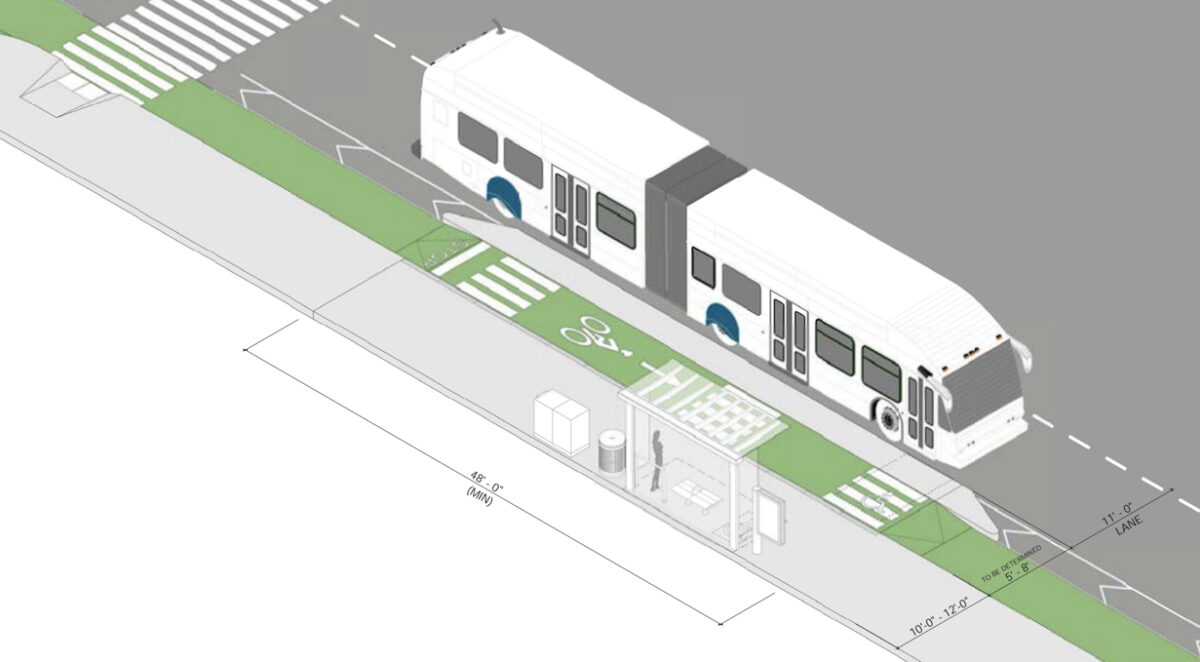
After months of feedback from partner agencies and advisory committees, and “recalibrating” due to a budget shortfall, TriMet has released its latest designs for how bicycle riders will pass through its new bus stations as part of the Division Transit project. An online open house went live last week and is accepting public comments through July 12th.
We last shared TriMet’s plans a few weeks ago. Since then, the agency has held two open houses and firmed up the design.
TriMet is grappling with how to maintain a protected bike lane while achieving all the other design and budget goals for the project (primary among them is to increase bus speeds and reliability). When we took our first close look just over one year ago, TriMet planned on a design where the bike lane would go behind the bus island (something similar to this scenario in London). Now the design routes the bike lane between passengers and the bus.
Here’s what they presented in June 2017:
Advertisement
In September 2017:
In October 2017:
And here’s the latest design again:

This view gives you a different sense of how it will all come together (the teal/purple sections are protected bike lanes, the blue is the bus station):
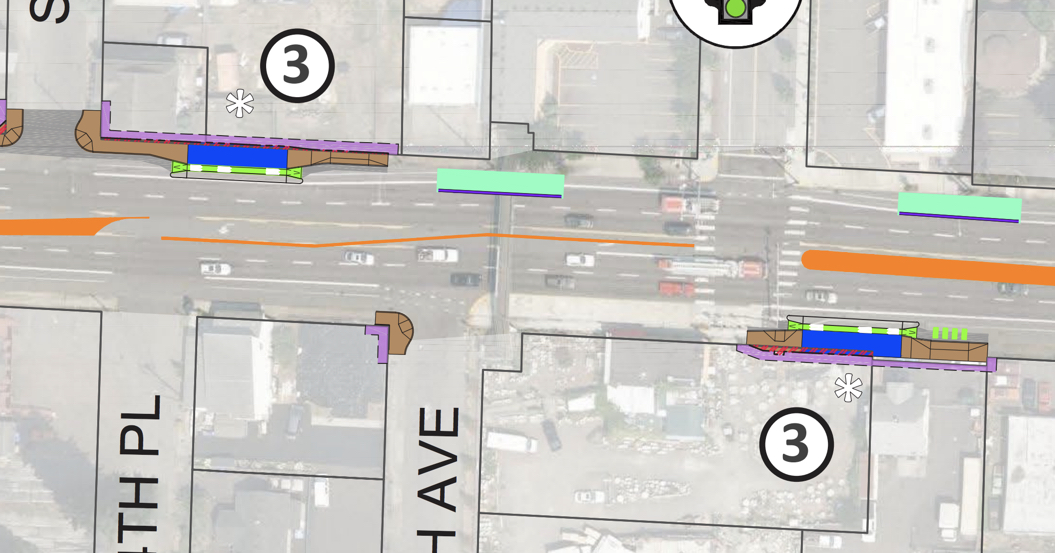
According to their latest maps, TriMet plans to build eight of these “Integrated–Shared Bicycle and Pedestrian” stations — all east of 82nd. The locations include: 84th Place westbound, 87th eastbound, both sides of the street west of the I-205 path, and in Gresham on both sides of the street at 174th and 182nd.
One of the key aspects of the design you can help TriMet finalize is how wide the bike lane and the boarding strip (aka “alighting area”) should be. This is the “to be determined” part of the cross-section in the drawings above. According to discussions I’ve overheard, the concerns is that a wider alighting area will encourage people to stand on it and result in more blockage of the bike lane (TriMet wants people to wait further back on the sidewalk). But a narrower alighting area might not do enough to slow down bicycle users and create a safe space for passengers.
Please share your feedback with TriMet at the online open house before July 12th. Construction on this project is due to start fall 2019 and be ready for service mid-2022.
— Jonathan Maus: (503) 706-8804, @jonathan_maus on Twitter and jonathan@bikeportland.org
Never miss a story. Sign-up for the daily BP Headlines email.
BikePortland needs your support.

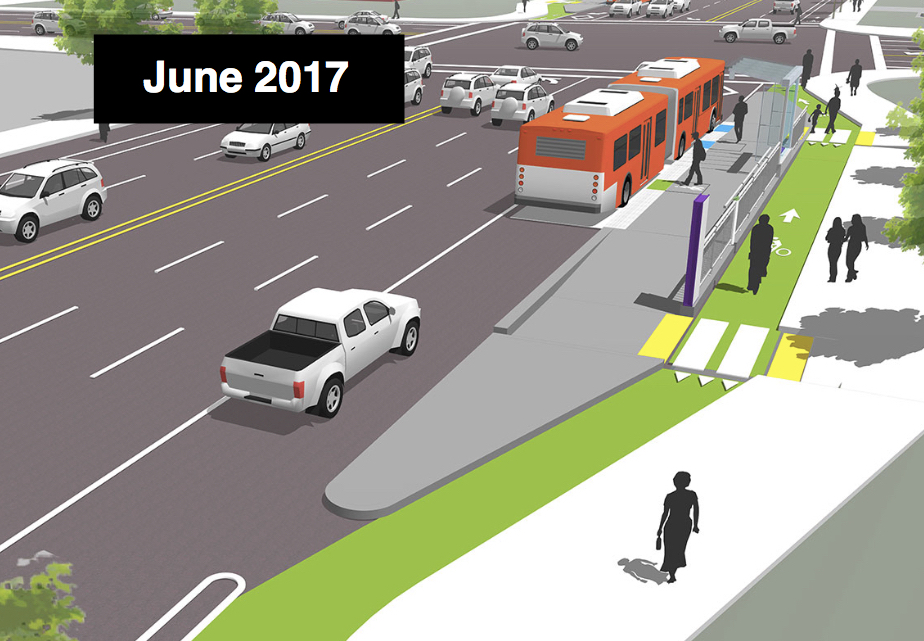
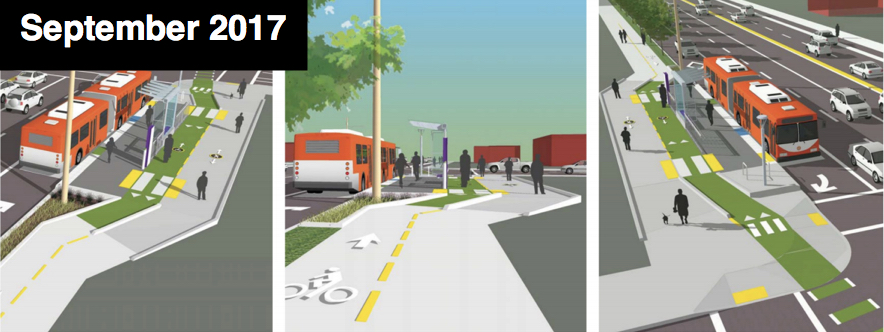
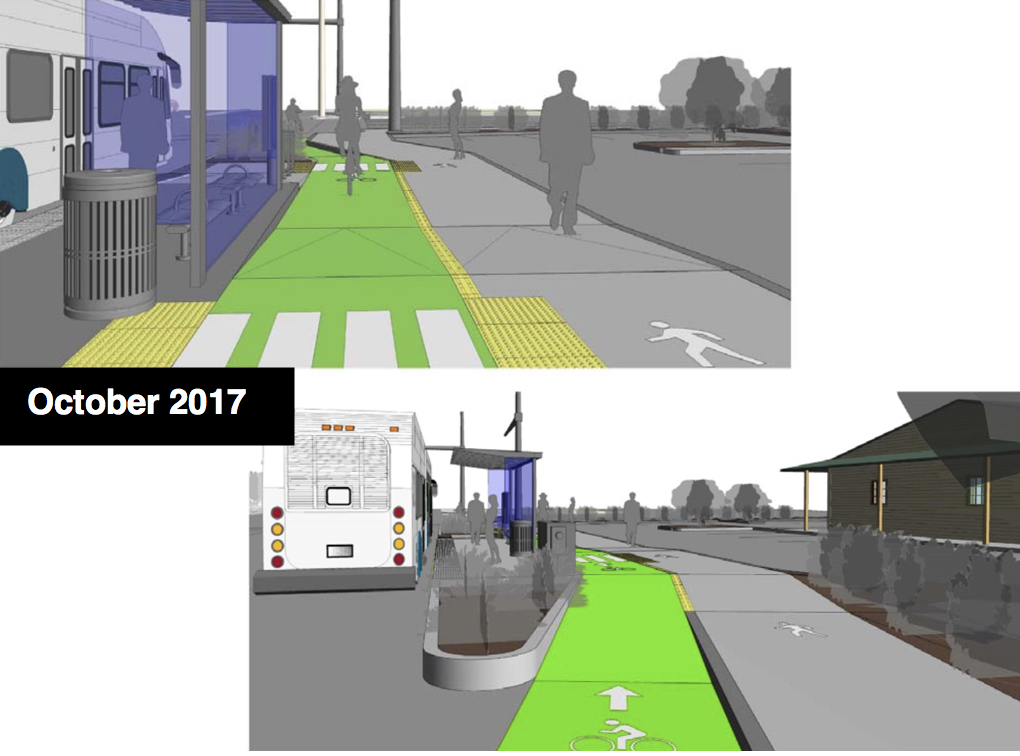
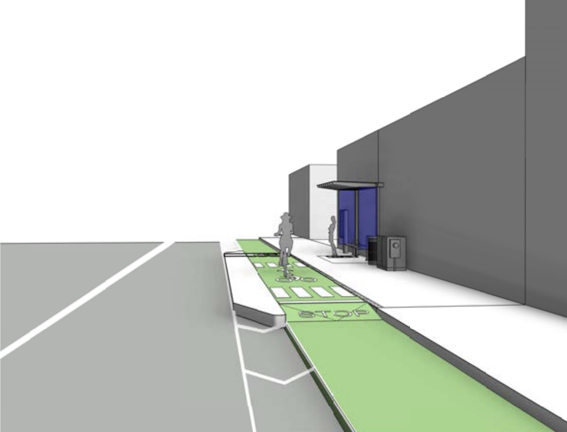
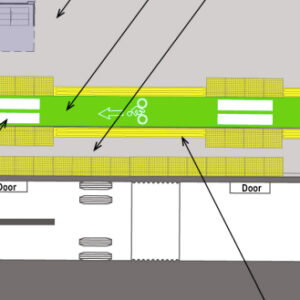
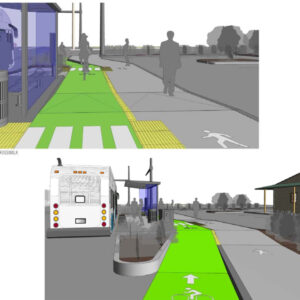
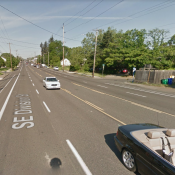
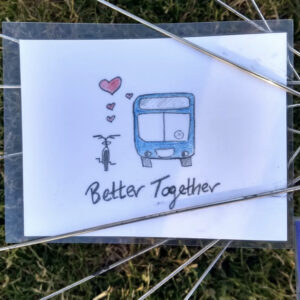
Thanks for reading.
BikePortland has served this community with independent community journalism since 2005. We rely on subscriptions from readers like you to survive. Your financial support is vital in keeping this valuable resource alive and well.
Please subscribe today to strengthen and expand our work.
There’s nothing better about this new idea, compared to the one with big bus islands in the original design. I’ve used bus stops like that, biking and busing, many times. Bike lane blockage isn’t a problem because it’s obvious what is and isn’t a sidewalk and ped-bike conflicts aren’t a problem because people can see eachother. Works best if it’s a true island (the bike lane is down at street level, the sidewalk raised, curb-cuts connecting them). Is the new design really that much cheaper? I can see where it would save space in some places, but wouldn’t you prefer the islands if there’s room?
Yes. But I think the “if there’s room” was the entire reason for the change. It was for cost reasons, but the cost difference was due to the need to acquire ROW for the old version. So really it was about the space needed.
Other countries, perhaps even other cities in the US, have surely faced these dilemmas and have solved them. Why can’t we START these efforts by building on the cumulative experience of those others? Am I the only one who gets the impression that we here in Portland tend to try to reinvent (square) wheels all the time?
This is pretty close to the Dutch design for floating bus stops, so I’m generally okay with this. As long as the bike lane is solid green, people standing in the bike lane won’t be much of an issue. TriMet should make the ramp up for cyclists as shallow as possible to avoid large bumps in the ride.
I like this design much better than the version that was described in BP 6/12 post on this topic. Narrowing the bike lane for 60 feet every 1/3 of a mile on a corridor that lacks other options for people bikes would be a bitter pill.
In this design there’s no turns or narrowing, so a biker can proceed basically unhindered when there’s no bus. When there is a bus, there could (should?) be some sort of signaling for the people on bikes to stop. Maybe there could be a flip-out stop sign on the bus, like school buses have, but on the curb side of the vehicle, towards the rear.
From the chapter on transportation design entitled “Create conflict, blame cyclists.”
It is not people waiting to get on the bus that will collide with people on bikes, it is people getting off the bus, that may not be visible until the last second. This is the main reason that the previous design was so much better.
What a nightmare. Everything Trimet has done during this entire bungled planning process– in which this route went from real BRT running on Powell to MHCC, to a pale parody of BRT–has made the project worse, less convenient, slower, and less safe. Here’s what I submitted in my comments on the”open house”:
The “integrated station– shared bike and pedestrian” design is a big mistake–a bad plan that I can almost guarantee will result in several serious injury collisions between bicycles and boarding/exiting pedestrians within the first few months. You are literally designing to create accidents. You might as well make people run across a busy lane of auto traffic to board their bus.
I urge you to *restore the floating bus islands* that have been promised in every previous version of this proposal. This last- minute change not only demonstrates disregard for the safety of pedestrians and bicyclists, but also misleading planning practice. Shame on those responsible for this bait and switch.
Minor tweaks to an initial poor design do not in any way make it better or different.
All bikes will need bells. These bike lanes will be full of babies with strollers, shoppers with grocery wheel-abouts, and unpredictable kids. This will be a bad P/R incident when a appending, heavy ebike runs into a frail neighborhood elder. Sorry, this is America, not Europe.
“speeding” ebike…
I looked at 78th to 174th (Outer Division), the portion I’m most familiar with.
I’m rather impressed with TriMet’s design work on this project. They have put most stops after intersections rather than before them, reducing the chances of pedestrians getting hit by cross-traffic. They remove most but not all on-street parking for protected bike lanes (though are these “buffered” lanes or “barrier” lanes?). Best of all, the occasionally force traffic around slight curves, reducing the straightness of the street, thus designing the street for slightly lower speeds. The BAT lanes near busy intersections such as 122nd & 148th help.
I do want to know what is planned for the i-205 section of the street, which is blank.
If the 2017 renderings were impractical due to limited sidewalk width, why were they publicized?